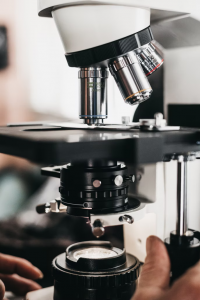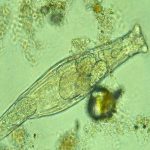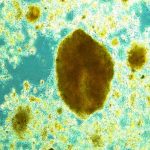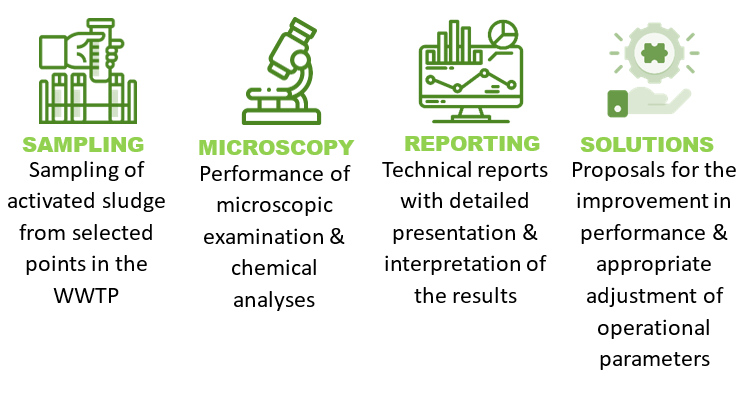
The activated sludge process has been well established as the most reliable, efficient and cost-effective method for wastewater treatment. The method uses microorganisms (biomass) that feed on the organic material contained in wastewater. Activated sludge process is based on the basic principle that as microorganisms grow, they form aggregates, known as sludge flocs, which can be separated from the treated wastewater by sedimentation, thus providing a high-quality effluent. Therefore, the operational stability and performance of the process is directly dependent on the biomass composition and quality characteristics.




